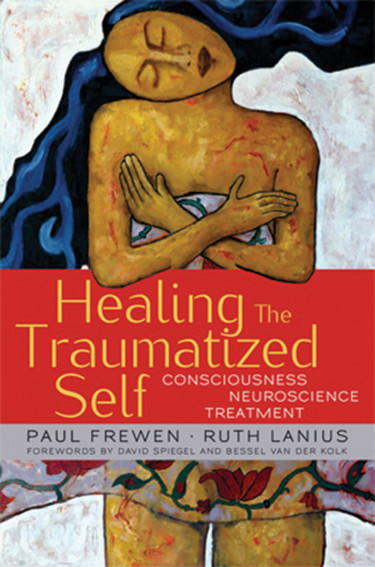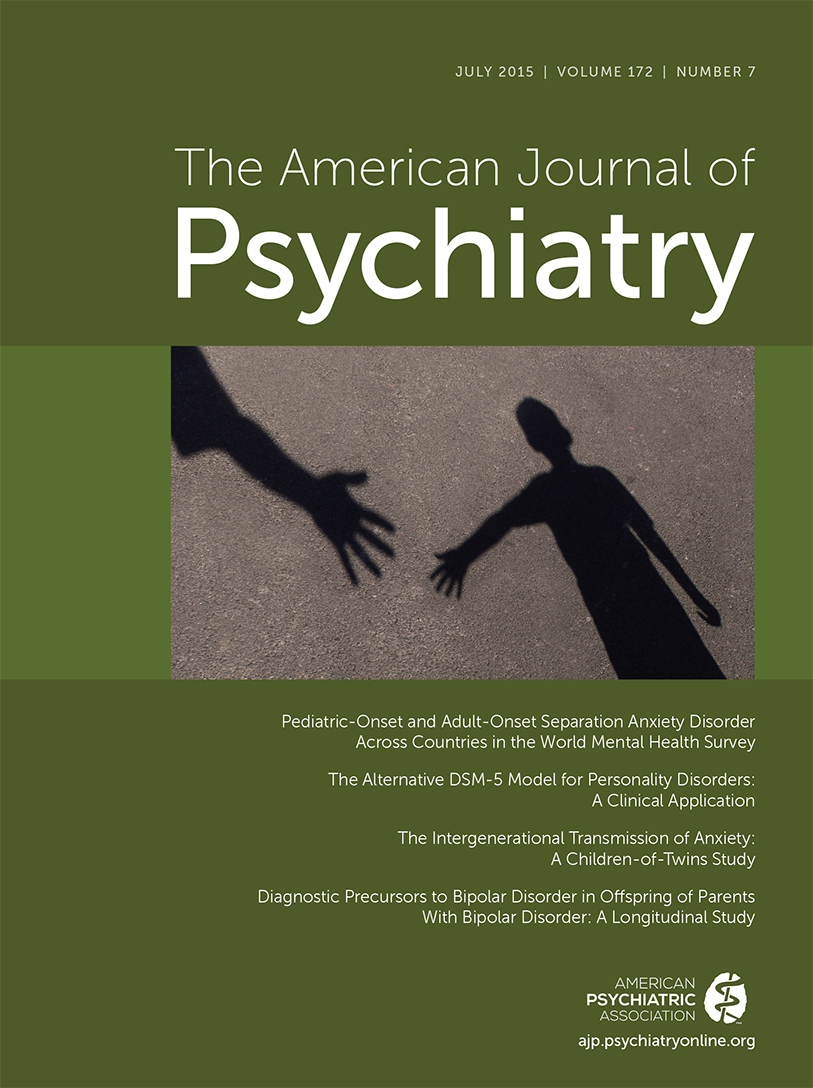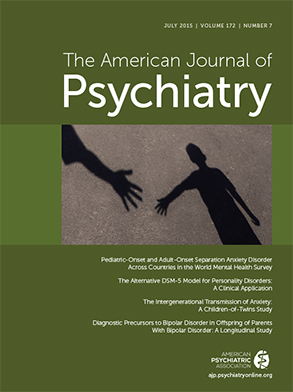Chronic traumatization can diminish one’s capacity to live consciously in the present. It often results in dissociation, which predicts greater severity, chronicity, and impairment. In such cases, conventional treatment methods may not be as effective. The DSM-5 underscores the ways trauma and dissociation are linked by placing the dissociative disorders adjacent to the trauma and stressor-related disorders. The authors of Healing the Traumatized Self are contributors to our evolving theoretical understanding of consciousness of the posttraumatic experience, and their proposal to distinguish the dissociative subtype of posttraumatic stress disorder (PTSD) has been incorporated into recent diagnostic changes.
Paul Frewen is a clinical psychologist who studies trauma, affect regulation, and dissociation. Ruth Lanius, a psychiatrist, directs a PTSD research unit and focuses her research on the neurobiology of the disorder and its relationship to clinical practice. In this book, they explain how a therapist can help “liberate” what they refer to as the “imprisoned states of mind” of those who have been severely traumatized. They do so by melding experiences in clinical practice and neuroscience with a focus on what they term trauma-related altered states of consciousness. The authors emphasize the importance of distinguishing normal waking consciousness from trauma-related altered states of consciousness and propose a four-dimensional model for classifying trauma-related symptoms; the dimensions they examine are time, thought, body, and emotion. Their model references neurophysiology and philosophical work in phenomenology as it relates to altered states of consciousness.
David Spiegel and Bessel van der Kolk enthusiastically introduce the book, which opens by highlighting the heterogeneity of the traumatic experience and establishing the proposed four-dimensional model. Chapter 2 delves into the recommendation to assess and study trauma-related altered states of consciousness through neurophenomenology—the combined clinical-experimental methodology that integrates experience with neuroscience. The four dimensions—time, thought, body, and emotion—are each allocated a chapter (3–6) to examine in detail how they can present clinically in complexly traumatized persons either as normal forms of distress (normal waking consciousness) or dissociative states (trauma-related altered states of consciousness). A color insert illustrates how the model classifies trauma-related symptoms within each of the four dimensions. Chapter 7 explores a stage-based approach to liberating the traumatized self with a focus on resilience and recovery. The text concludes with a chapter concerning security, trust and hope, symptom modulation, working through, and community reintegration. An Appendix follows with case studies in trauma-related altered states of consciousness detailing interviews of five individuals who are in or recently completed treatment. Throughout the text, first-person perspectives of trauma survivors—including vignettes, poetry, and artwork—are integrated with study findings, sundry references, and neuroimaging samples.
Experiencing depersonalization and derealization is the essence of the proposed dissociative subtype of PTSD. One featured example, a woman with a history of childhood abuse who reports chronic depersonalization, describes a state of spontaneous re-embodiment. Her trauma-focused therapy and exercise regimen are initiated together. During a run, she reflects on her recent therapy sessions and feels a transformation in which she is working on her mental, emotional, and physical self simultaneously. This example highlights an integrative experience of feeling alive and healthy in mind and body. The subtype model asserts that distinguishing those who experience trauma-related altered states of consciousness is clinically meaningful. The details of this case demonstrate that dissociative responses result in objective psychobiological findings that are characteristically different, and they highlight how dissociative symptoms require treatments above and beyond standard management of PTSD.
The book is about 400 pages and can be technical and theoretical. The authors integrate many case examples and use illustrations that at times clarify the denser, more conceptual text. The role of medications is not addressed in the context of treatment. Attention is on a problem-focused therapy to equip providers and help patients communicate their trauma from a first-person perspective.
The authors are dedicated to aiding the chronically traumatized find freedom from their past, regain control of their present, and experience healthy emotions. The book is successful in highlighting the heterogeneity of trauma and the potential for enhanced treatment efficacy by tailoring to specific symptom presentations. The book is of value to the psychotherapist working with trauma patients, especially those with dissociative symptoms or to scholars who have a particular interest in the history of psychotraumatology and altered states of consciousness.


